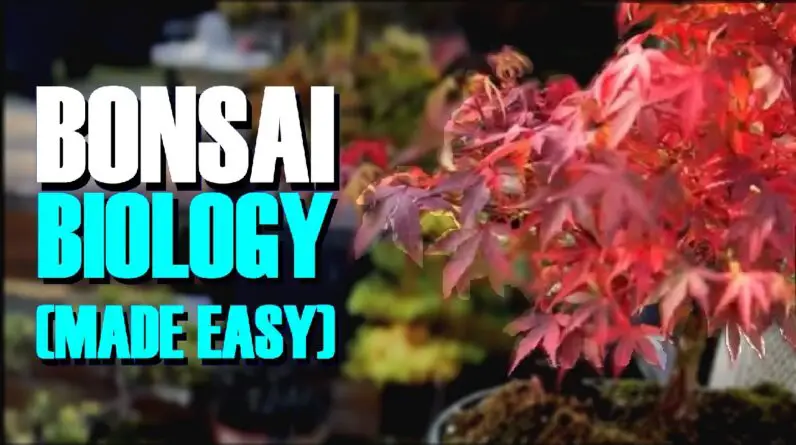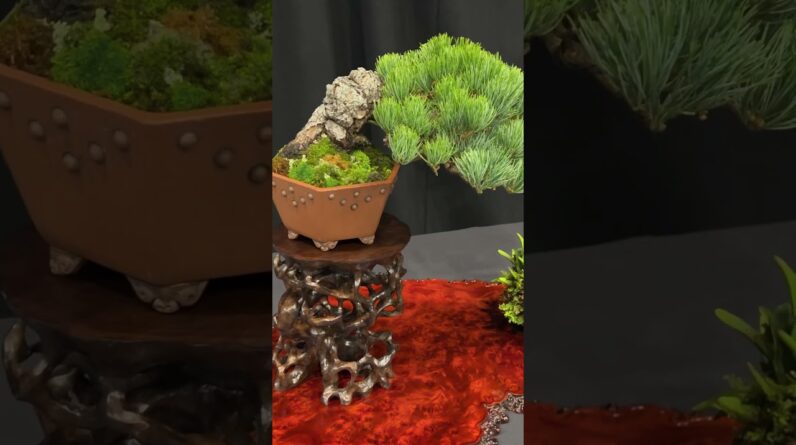Learn all about Spruce Bonsai care in this comprehensive guide. From watering to pruning techniques, create the perfect environment for your tree.
Spruce Bonsai trees are a beautiful and captivating addition to any garden or indoor space. In this comprehensive guide, we will explore all aspects of Spruce Bonsai care, from watering and pruning techniques to creating a suitable environment for your tree.
Whether you’re a beginner or an experienced bonsai enthusiast, this guide will provide you with the necessary knowledge to ensure the health and success of your Spruce Bonsai. So, if you’ve ever wondered how to care for a spruce bonsai or if spruce trees make good bonsai, you’ve come to the right place.
Let’s dive into the world of Spruce Bonsai care and unleash the beauty of these miniature trees.
General Information about Spruce Bonsai
Spruce bonsai is a type of bonsai tree that belongs to the Picea genus. These bonsai trees are known for their beautiful and delicate foliage, which resembles that of a larger-scale spruce tree. Spruce bonsai trees have a unique and elegant appearance, making them a popular choice among bonsai enthusiasts.
Characteristics of Spruce Bonsai
Spruce bonsai trees have several distinct characteristics that set them apart from other types of bonsai trees. They have needle-like leaves that are typically green in color, although some varieties may have variations such as blue or yellow foliage. Spruce bonsai trees also have a conical shape, with branches that grow in a layered pattern, giving them a natural and balanced appearance.
Origins of Spruce Bonsai
Spruce bonsai trees are native to various regions around the world, including North America, Europe, and Asia. They are commonly found in forests and mountainous areas, where they thrive in cool and temperate climates. The connection between spruce trees and bonsai cultivation dates back centuries, with spruce trees being one of the first species to be trained as bonsai.
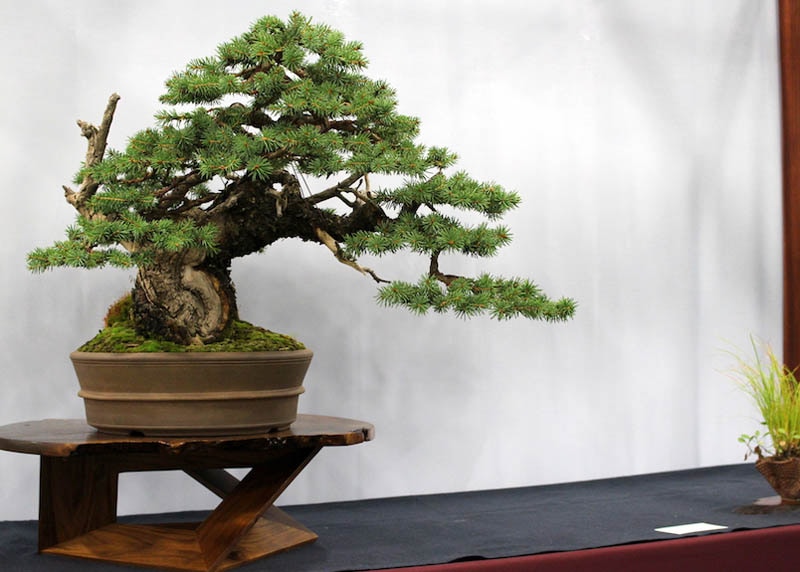
Popular Spruce Bonsai Varieties
There are several popular varieties of spruce bonsai that are favored among bonsai enthusiasts. Some of these include:
- Norway Spruce (Picea abies): This variety is known for its dense and compact growth habit and is widely used in bonsai cultivation.
- Colorado Blue Spruce (Picea pungens): With its striking blue foliage, this variety adds a unique and vibrant element to any bonsai collection.
- Dwarf Alberta Spruce (Picea glauca conica): As the name suggests, this dwarf variety is a popular choice for bonsai due to its small size and intricate foliage.
Spruce Bonsai Care Guidelines
Taking care of a spruce bonsai requires proper attention to its specific needs and requirements. The following guidelines will help you maintain a healthy and thriving spruce bonsai tree.
Light and Temperature
Spruce bonsai trees thrive in bright, indirect light. They should be placed in an area that receives ample sunlight but is protected from direct sunlight, which can scorch the foliage. When it comes to temperature, spruce bonsai trees prefer cooler conditions. They can tolerate both indoor and outdoor environments, but special care should be taken during extreme weather conditions.

Watering
Proper watering is essential for the health of a spruce bonsai tree. These trees prefer slightly moist soil, so it is important to water them regularly. However, overwatering should be avoided, as it can lead to root rot. The frequency of watering will depend on various factors such as the size of the tree, climate, and time of year.
Soil and Repotting
Choosing the right soil is crucial for the health and growth of a spruce bonsai tree. Well-draining soil with good moisture retention is ideal. As for repotting, spruce bonsai trees should be repotted every two to three years to refresh the soil and promote healthy root growth.

Fertilizing
Fertilizing is an important aspect of spruce bonsai care. These trees benefit from regular fertilization, especially during the growing season. Slow-release organic fertilizer or balanced liquid fertilizer can be used to provide the necessary nutrients to promote healthy growth.
Pruning and Shaping
Pruning is necessary to maintain the shape and size of a spruce bonsai tree. Regular pruning helps control the growth of branches and encourages the development of compact foliage. When shaping a spruce bonsai, it is important to consider its natural growth patterns and aim for a balanced and aesthetically pleasing form.
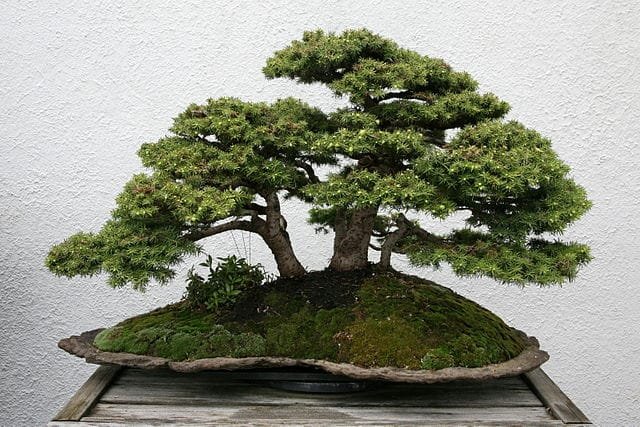
Wiring
Wiring is another technique used to shape and train spruce bonsai trees. Care should be taken when wiring, as spruce branches are fragile and can break easily. Wiring should be done in spring or autumn when the branches are flexible and easier to manipulate.
Pests and Diseases
Like any other bonsai tree, spruce bonsai are susceptible to pests and diseases. Common pests that can affect spruce bonsai include aphids, spider mites, and scale insects. Diseases such as root rot and needle cast can also occur. Regular inspection and proper care can help prevent and treat these issues.
Popular Spruce Bonsai Varieties
Spruce bonsai trees come in various varieties, each with its own unique characteristics. Here are three popular spruce bonsai varieties:
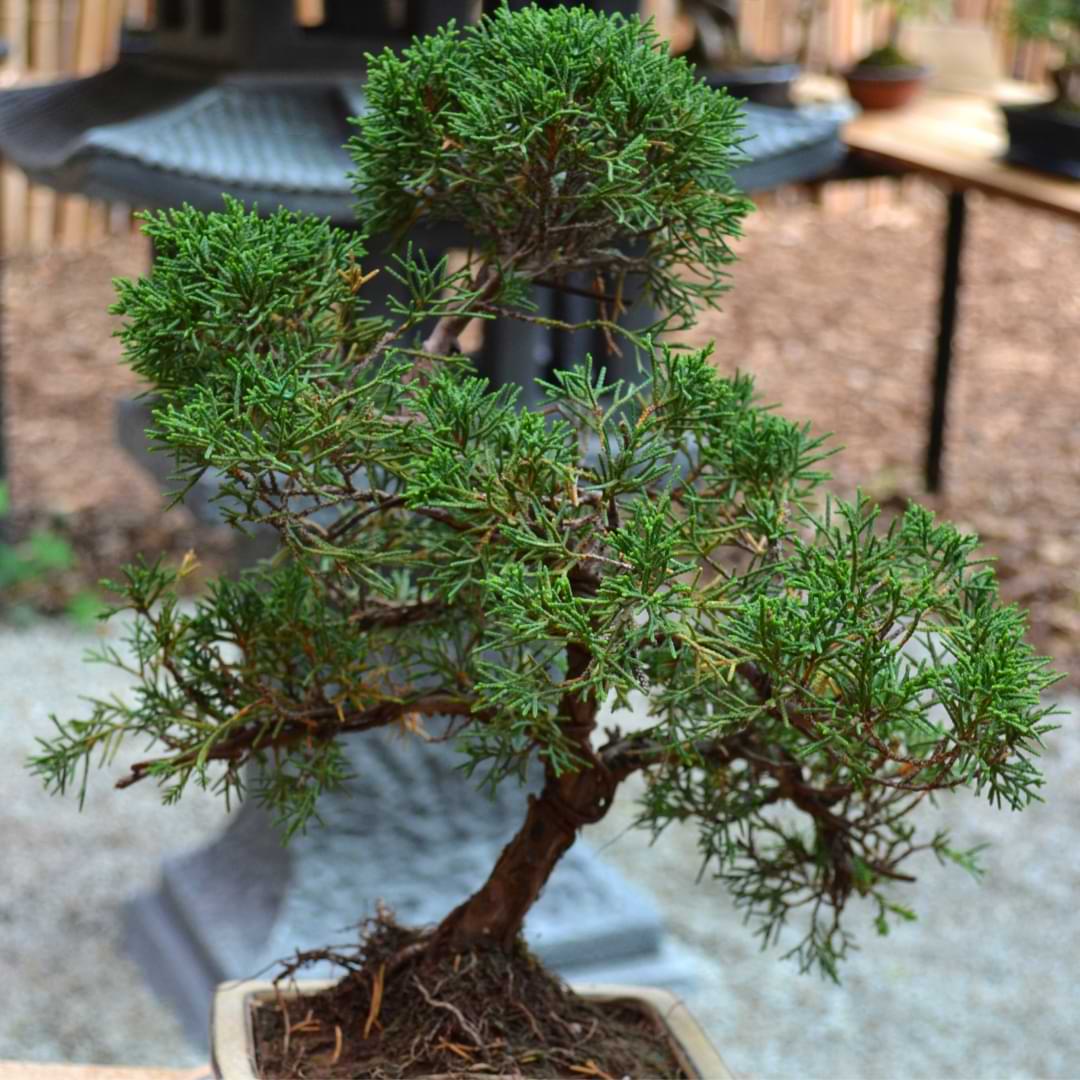
Norway Spruce (Picea abies)
Norway Spruce is a common choice for bonsai enthusiasts due to its dense foliage and compact growth habit. It has dark green needles and a conical shape, making it a visually appealing addition to any bonsai collection.
Colorado Blue Spruce (Picea pungens)
The Colorado Blue Spruce is known for its striking blue foliage, which adds a splash of color to any bonsai display. This variety requires proper care and attention to maintain its vibrant and attractive appearance.
Dwarf Alberta Spruce (Picea glauca conica)
The Dwarf Alberta Spruce is a popular choice for bonsai beginners due to its small size and intricate foliage. Its compact and slow-growing nature makes it easy to shape and maintain.
In conclusion, spruce bonsai trees are a beautiful and elegant addition to any bonsai collection. With proper care and attention, these trees can thrive and bring joy to bonsai enthusiasts for many years to come. Whether you choose a Norway Spruce, Colorado Blue Spruce, or Dwarf Alberta Spruce, each variety offers its own unique charm and aesthetic appeal.
So go ahead and embark on your spruce bonsai journey, and enjoy the rewarding experience of cultivating these miniature masterpieces of nature.




